Select the correct diagram for an endothermic reaction that proceeds through two steps with the second steps is rate determining :
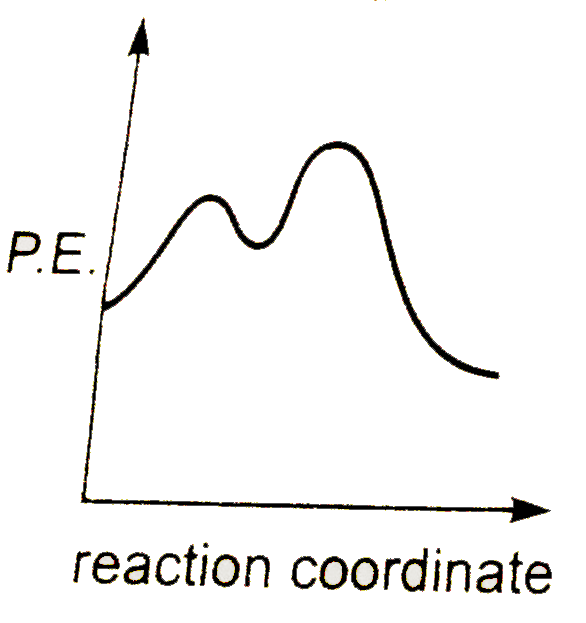
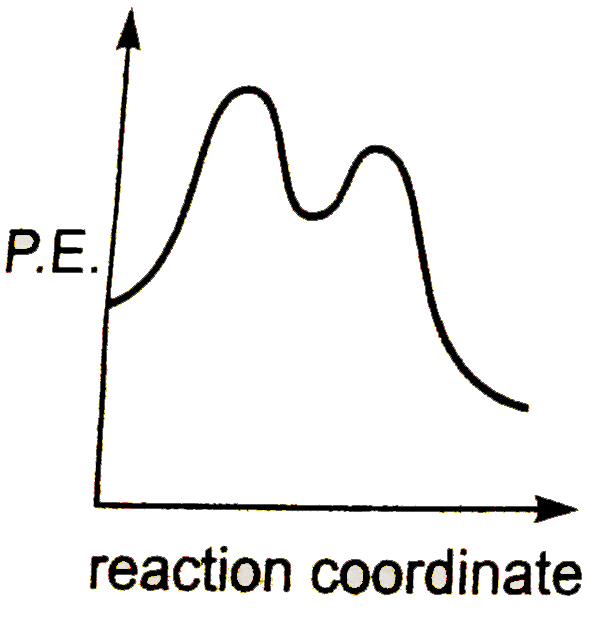
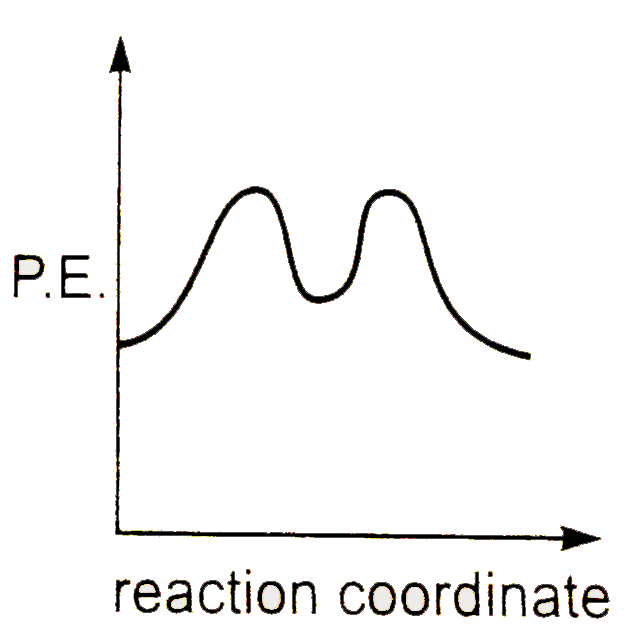
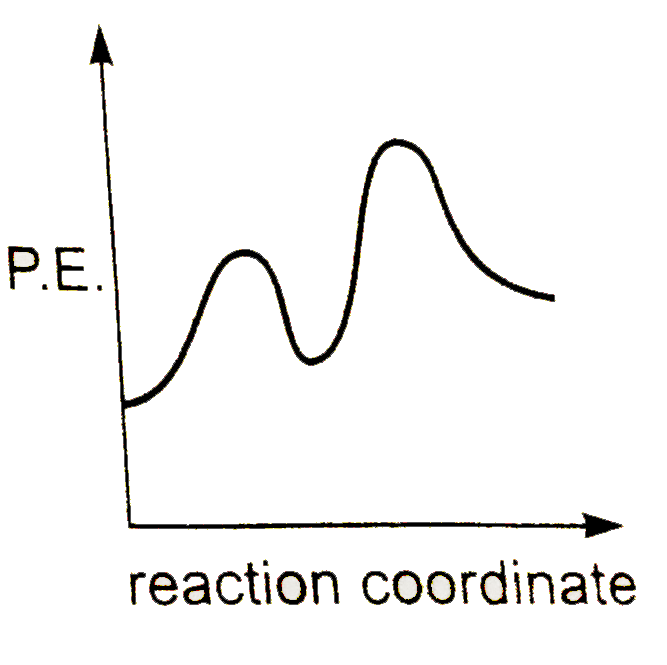
The correct Answer is:D
To solve the question regarding the selection of the correct diagram for an endothermic reaction that proceeds through two steps with the second step being the rate-determining step (RDS), we can follow these steps:
Step 1: Understand the Characteristics of Endothermic Reactions
- Endothermic Reaction: This type of reaction absorbs heat from the surroundings, resulting in products that have higher energy than the reactants. Therefore, the energy of the products must be greater than the energy of the reactants.
Step 2: Identify the Reaction Steps
- The reaction is said to proceed in two steps. This means that there will be two energy changes represented in the potential energy diagram.
- The second step is identified as the rate-determining step (RDS). This step is slower and requires more energy compared to the first step.
Step 3: Draw the Potential Energy Diagram
- On the x-axis, we will represent the reaction coordinate (progress of the reaction).
- On the y-axis, we will represent the potential energy.
- Start by plotting the energy of the reactants at a lower level on the y-axis.
- The first step will rise to a certain energy level (transition state) and then drop down to a lower energy level (intermediate).
- The second step will then rise from this intermediate level to a higher energy level (transition state) and finally drop down to the energy level of the products.
Step 4: Ensure the Correct Energy Levels
- Since the second step is the RDS, the energy level at the transition state of the second step should be higher than that of the first step.
- The energy of the products must be higher than that of the reactants to satisfy the endothermic condition.
Step 5: Evaluate the Options
- Check each diagram option:
- Option A: If the energy of the reactants is higher than the products, it is incorrect.
- Option B: If the first step has higher energy than the second step, it is incorrect.
- Option C: If both steps have equal energies, it is incorrect.
- Option D: If the energy of the products is higher than the reactants and the second step has a higher energy transition state than the first step, it is correct.
Conclusion
- After evaluating the options based on the characteristics of endothermic reactions and the requirements for the RDS, Option D is the correct answer.
---
- Endothermic Reaction: This type of reaction absorbs heat from the surroundings, resulting in products that have higher energy than the reactants. Therefore, the energy of the products must be greater than the energy of the reactants.
- The reaction is said to proceed in two steps. This means that there will be two energy changes represented in the potential energy diagram.
- The second step is identified as the rate-determining step (RDS). This step is slower and requires more energy compared to the first step.
- On the x-axis, we will represent the reaction coordinate (progress of the reaction).
- On the y-axis, we will represent the potential energy.
- Start by plotting the energy of the reactants at a lower level on the y-axis.
- The first step will rise to a certain energy level (transition state) and then drop down to a lower energy level (intermediate).
- The second step will then rise from this intermediate level to a higher energy level (transition state) and finally drop down to the energy level of the products.
- Since the second step is the RDS, the energy level at the transition state of the second step should be higher than that of the first step.
- The energy of the products must be higher than that of the reactants to satisfy the endothermic condition.
- Check each diagram option:
- Option A: If the energy of the reactants is higher than the products, it is incorrect.
- Option B: If the first step has higher energy than the second step, it is incorrect.
- Option C: If both steps have equal energies, it is incorrect.
- Option D: If the energy of the products is higher than the reactants and the second step has a higher energy transition state than the first step, it is correct.
- After evaluating the options based on the characteristics of endothermic reactions and the requirements for the RDS, Option D is the correct answer.
Similar Questions
Knowledge Check
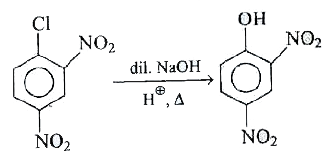 , this reaction proceed through : Aelectrophilic additionBbenzyne intermediateCnucleophilic aromatic substitutionDoxirane
, this reaction proceed through : Aelectrophilic additionBbenzyne intermediateCnucleophilic aromatic substitutionDoxirane
Select equation having endothermic step:
View SolutionSelect equation having endothermic step:
View SolutionAs the reaction proceeds, the rate of reaction:
View SolutionFastest step –––––––––––––––in a reaction is the rate determining step.
View SolutionFastest step –––––––––––––––in a reaction is the rate determining step.
View SolutionFastest step –––––––––––––––in a reaction is the rate determining step.
View Solution
The electrophile in second step is
View Solution
